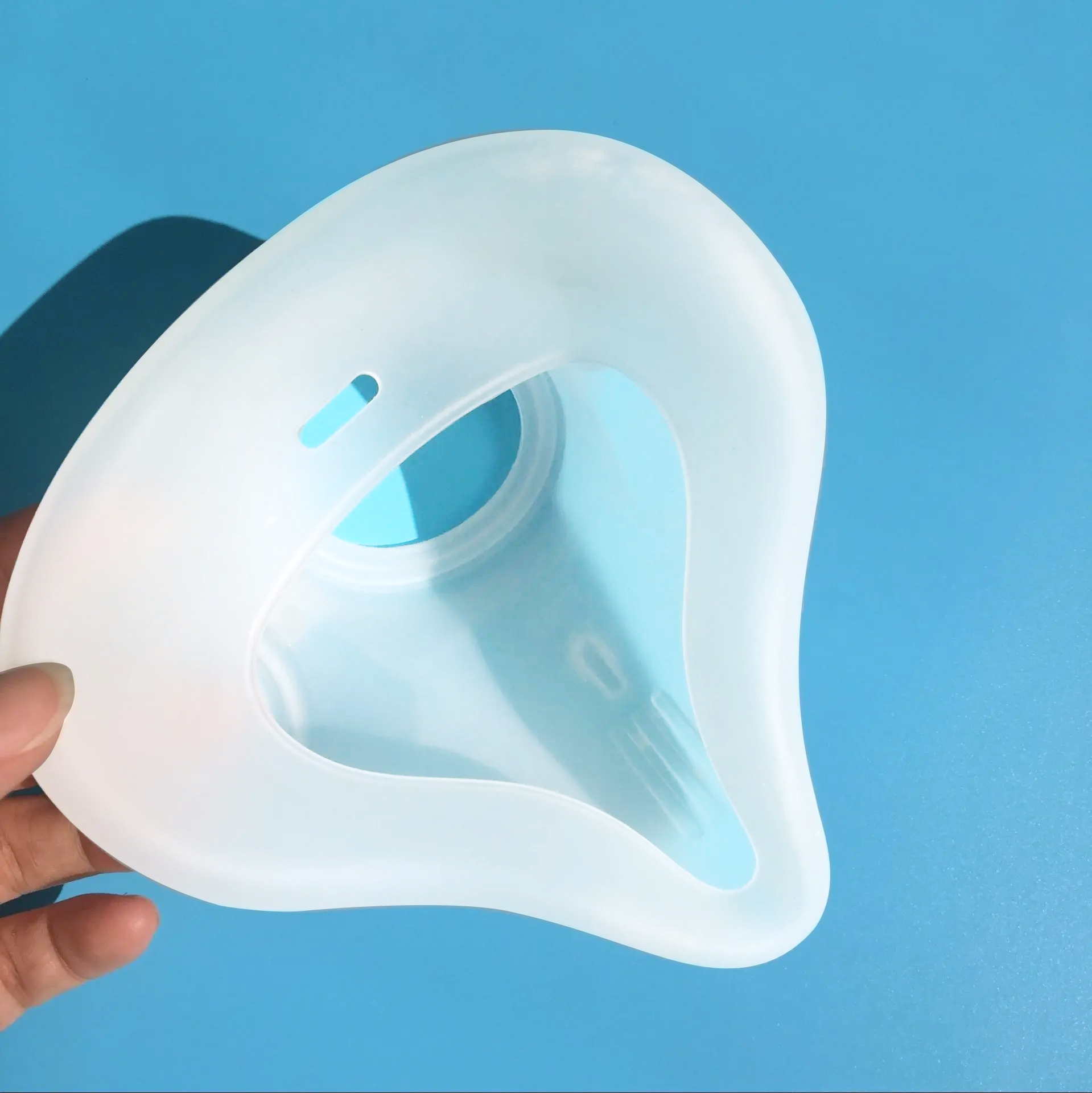Silicone Injection Molding Services: Innovations for the Future of Manufacturing
John
- 0
Imagine a world where manufacturing flaws are relics of the past—where silicone injection molding services are seamlessly executed with precision. Unfortunately, in today’s production facilities, over 30% of all products fail quality control due to flawed molding techniques. Why do failures always occur during the most critical stages of production? The answer lies in an outdated approach that has been long outpaced by advancements in technology.

Flaws in Traditional Molding Techniques
Traditional molding techniques often rely on rigid processes that fail to adapt to variables in production environments. This rigidity can lead to inconsistent quality and slow turnaround times, ultimately impacting customer satisfaction. For instance, when using older systems, manufacturers may face scaling issues—problems that newer technologies, such as pressure control and real-time data analytics, can easily address. These age-old methods limit biocompatibility and efficiency, making them ill-equipped for modern demands.
Principles of New Technology
Enter the era of innovative silicone injection molding technologies—where smart manufacturing and edge computing nodes meet to revolutionize production processes. By utilizing advanced robotic automation and AI-driven quality inspections, manufacturers can ensure a more fluid production line. Imagine machines communicating in real-time to adjust parameters and optimize outputs, leading to a better product and fewer defects. It’s a game changer, allowing for both scalability and adaptability.
Quantified Benefits of Modern Solutions
What can companies expect when they shift to these new technologies? A staggering 40% increase in efficiency and a notable drop in waste and quality failures have been reported across industries that have adopted advanced silicone injection molding services. This not only enhances the financial bottom line an enhanced customer trust is fostered as well, leading to long-term partnerships and potential market share expansion. The implications of these advantages are immense, suggesting that businesses not embracing such innovations risk obsolescence.
Conclusion: Making Informed Choices
As companies weigh their options in the silicone injection molding landscape, always verify these 3 metrics when choosing solutions: ① Technology compatibility ② Efficiency metrics ③ Vendor reliability. These criteria will help guide decisions that drive both success and sustainability in complex manufacturing ecosystems.

Now, let’s delve deeper into a specific area within silicone injection molding. When we refer to lsr moulding, it becomes clear that this technique offers unique advantages for medical device manufacturers. Liquid Silicone Rubber (LSR) stands out for its remarkable elasticity and biocompatibility, essential qualities in producing parts that must meet stringent regulatory standards. Many industries, including automotive and electronics, are starting to embrace LSR for its durability and ability to withstand extreme temperatures. With its flexible approach, LSR molding allows for the creation of intricate designs that traditional methods simply cannot achieve.
Furthermore, the production of prototype silicone rubber parts has never been more attainable. This process provides designers and engineers with rapid prototyping tools that streamline the development phase. By utilizing silicone, companies can create diverse shapes and sizes quickly, facilitating thorough testing and iteration. The accurate replication of material properties means that prototypes will behave closely to their final versions. In a market where getting to market faster can mean greater success, adopting this technology is not just advantageous—it’s imperative.
In summary, silicone injection molding services are poised at the forefront of manufacturing innovation. With brands like Likco leading the charge, they offer supply advantages that can transform production efficiency. Whether you’re in medical devices or consumer products, choosing the right partner will ensure you stay ahead of the competition. As we step into this brave new world of manufacturing, embracing these innovative techniques will not only improve output but also elevate the standards of quality across the board.